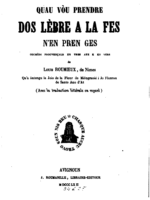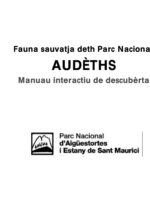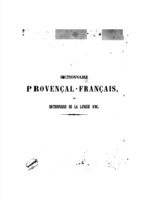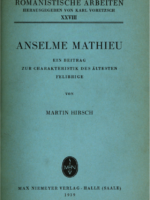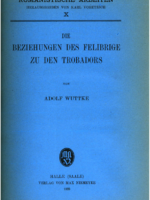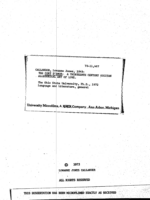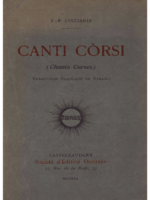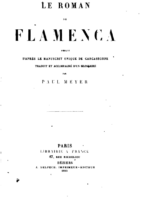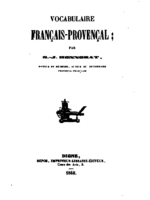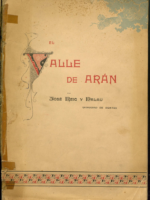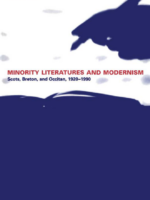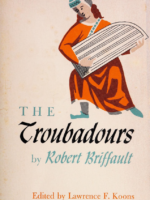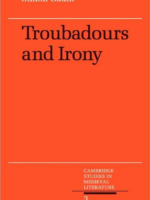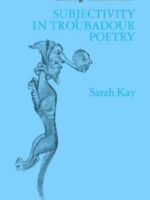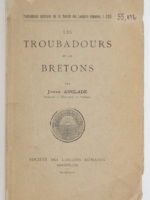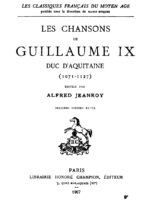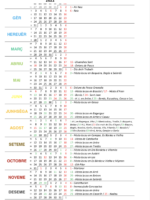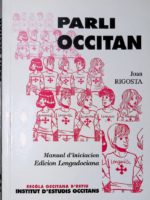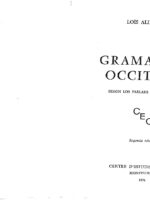-
Fauna sauvatja deth Parc Nacionau: audèths
0,00 €Un des objectius basics deth Parc ei apregondir ena coneishença e ena recèrca deth sòn patri- mòni viu, entà poder-lo gestionar e divulgar de manèra fòrça mès suenhada e eficaça.
En aguest sens, non hè guairi ans que se hec un esfòrç important de prospeccion, e actualiza- cion de donades sus es audèths deth Parc e era Zòna Periferica. Es resultats se concretèren en Atles dels ocells nidificants del Parc Nacional i el seu entorn, publicat en 2005, en coïncidén- cia damb eth 50au aniversari deth Parc Nacionau. Era òbra da continuitat e precision as dona- des obtengudes per auança ena zòna, entara elaboracion dera segona edicion der Atles dels ocells de Catalunya.
Er atles deth Parc recuelh era preséncia entre es sòns limits, es dera Zòna Periferica, e es dera zòna d’influéncia considerada, de 121 espècies nidificantes —er estatus e distribucion des quaus se descriu e precise— e des 24 mès de migrantes o estivaus. Tanben se i analise era evolucion des espècies damb era perspectiva des ans, tient en compde era situacion detectada hè 20 ans en prumèr atlas catalan e, se tracten, tanben, es donades provenentes der esfòrç de seguiment especific que ja hè ans que se hè as espècies de mès valor. Era òbra qu’auetz enes mans se documente fidèlament en aguest trabalh e ne hè ua projeccion divulgativa. A partir des sues dona- des e conclusions descriu, de manèra sintetica e grafica, es 54 espècies mès comunes o signi- ficatives dera zòna.Era intencion non ei pas auferir ua informacion exaustiva —que ja l’auferís er atlas— senon convi – dar ara descubèrta des audèths a totes aqueres persones que poguen auer un shinhau de curio- sitat, maugrat que non siguen pas especialistes ena matèria. Per açò s’a hèt ua triga des espè- cies que representen era immensa majoria des possibles observacions en Parc e auferir es recor- si e orientacions qu’estimulen e faciliten ua bona experiéncia d’aproximacion as audèths sus eth terren.
-
-
The “Cort d’Amor”: A Thirteenth Century Occitan Allegorical Art of Love
0,00 €With the exception of the romance of Flamenca, and to a lesser extent, the Arthurian romance of Jaufre. the medieval Occitan narrative poems of the thirteenth century have attracted very little scholarly attention, and among the shorter novas, only one, the Castla-gllos by Raimon Vidal, has been published recently. No full length study of Occitan allegory has yet appeared, al though one scholar,. Marc-RenS Jung, did devote one chap te r to th is topic in a broad survey of the medieval allegorical poem: Etudes sur le poeme allégorlque en France au rao.yen age. Unfortunately, nearly all studies of medieval allegory that have appeared In the last two decades take one or another of the great epic allegories like The Romance of the Rose. The Divine Comedy, or The Canterbury Tales, as. either point of departure or point of arrival, and as a result, the ensuing source studies or definitions are inevitably distorted by the magnetic field that such masterpieces ordinarily deploy. This tendency is particularly disappointing (in view of the fact that the Occitan allegories are, for the most part, earlier than the Romance of the Rose of Guillaume de Lorris, the first of these epic allegories. For this reason, if for no other, they deserve to be considered for and .by themselves.
-
-
Minority Literatures and Modernism: Scots, Breton, and Occitan, 1920-1990
0,00 €A quiet renaissance has been unfolding in certain parts of Europe – a renaissance of literature written in minority languages. In this book, William Calin explores the renaissance through an examination of twentieth-century works in Scots, Breton, and Occitan minority languages flourishing inside the borders of the United Kingdom and France.
For each of the three bodies of literature Calin considers major authors whose works include novels, poetry and plays, and shows that all three literatures have evolved in a like manner, repudiating their romantic folk heritage and turning instead to modern and postmodern concerns. Drawing on current critical theories in periodization, postcolonialism and cultural studies, Calin raises a range of comparative questions: Is there a common form of narrative prevalent in minority cultures that is neither realism nor metafiction? Is the minority-language theatre limited to plots treating past history and the rural present? What is the relationship between the minority literature and literature in the national language? What kind of history should be written on the literatures of Scotland, Brittany and the South of France, manifest in their several languages?
Calin’s pioneering study is the first comparative scrutiny of these minority literatures and the first to bring all three together into the mainstream of present-day criticism. His work demonstrates the intrinsic importance in their twentieth-century renewal, as well as their contribution to global culture, in both aesthetic and broadly human terms.
-
The Troubadours
0,00 €Combining extraordinary learning with grace of style, this volume provides the first comprehensive work in English on the poetic heritage of the medieval troubadours and the particular impact of the troubadour tradition on Italian and English verse. The songs of the troubadours with their intense lyricism “answered the mood of a feudal society newly awakened to a sense of its native uncouthness by contact with the luxury of the Orient.”
-
Troubadours and Irony
0,00 €From Petrarch and Dante to Pound and Eliot, the influence of the troubadours on European poetry has been profound. They have rightly stimulated a vast amount of critical writing, but the majority of modern critics see the troubadour tradition as a corpus of earnestly serious and confessional love poetry, with little or no humour. Troubadours and Irony re-examines the work offiveearly troubadours, namely Marcabru, Bernart Marti, Peire d’Alvernha, Raimbaut d’Aurenga and Giraut de Borneil, to argue that the courtly poetry of Southern France in the twelfth century was permeated with irony and that many troubadour songs were playful, laced with humorous sexual innuendo and far from serious; attention is also drawn to the large corpus of texts that are not love poems, but comic or satirical songs. New interpretations of many problematic troubadour poems are offered; in some cases the received view of a troubadour’s work is questioned. New perspectives on the tradition as a whole are suggested, and consequently on courtly culture in general. The author addresses the philological problems, by no means negligible, posed by the texts in question, and several poems are re-edited from the manuscripts.
-
Subjectivity in Troubadour Poetry
0,00 €The medieval troubadours of the South of France profoundly influenced European literature for many centuries. This book is the first full-length study of the first-person subject position adopted by many of them in its relation to language and society. Using modern theoretical approaches, Sarah Kay discusses to what extent this first person is a “self” or “character,” and how far it is self-determining. Kay draws on a wide range of troubadour texts, providing many close readings and translating all medieval quotations into English. Her book will be of interest both to scholars of medieval literature, and to anyone investigating subjectivity in lyric poetry.
-
Les troubadours et les Bretons
0,00 €Joseph Anglade siguec professor ena Universitat de Tolosa.
L’idée du présent travail date de plus de vingt-cinq ans..
-


